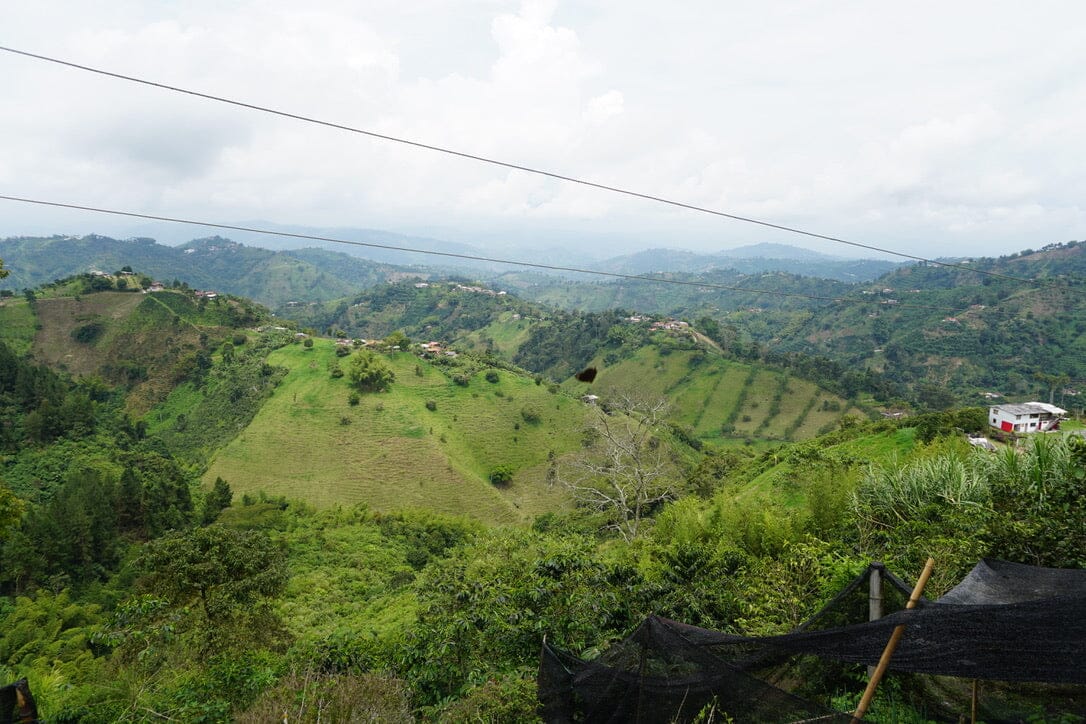

Understanding the Impact of Altitude on Coffee Flavor and Density
Introduction
Do you know that the altitude at which coffee is grown can greatly impact its flavor and density? In this article, we will delve into the science behind this phenomenon and how you can use this knowledge to elevate your coffee experience.
The Impact of Altitude on Coffee Growth and Flavor
Coffee plants are sensitive to their environment, and the conditions in which they grow can greatly affect their growth and development. High altitude, for example, can slow down the growth process of coffee plants, causing the sugars in the coffee cherry to develop over time. This gradual process results in a distinct flavor profile that is unique to high altitude coffee.
In addition to flavor, altitude can also impact the density of coffee beans. Higher bean density indicates higher heat resistance, which is an important consideration for roasters when conducting Split Bean Analysis. This process involves cutting a sample of coffee beans in half and assessing its density compared to other beans and roasts.
The Role of Soil Drainage and Bean Structure
Soil drainage is another important factor in coffee growth and flavor. Higher elevation often means better soil drainage, which keeps water levels low and cherry size small. This results in a different solid bean structure that is characteristic of higher grown coffees. As elevation increases, so does the bean structure due to the presence of different natural gases inside the beans as they grow.
Variations in Altitude Around the World
While altitude plays a significant role in coffee flavor and density, it is important to note that coffee grown at the same altitude but in different parts of the world can exhibit vastly different flavor profiles. For example, coffee grown at 5,000 feet or more may show fruity, floral, or spicy notes in some regions, while in others, such as Nepal, it may exhibit salted caramel and rich creamy notes.
Roasting Guide
When roasting high-density beans, a high initial heat may be necessary to excite the beans to crack. Lower grown coffees, on the other hand, may react more quickly to heat and require lower or softer roasting methods, depending on their origin. To get the most out of your coffee beans, we recommend measuring their density before roasting and comparing them to other beans you have worked with to recognize their unique nuances.
Conclusion
In conclusion, understanding the impact of altitude on coffee flavor and density can greatly enhance your coffee experience. By taking into account the altitude, soil drainage, and bean structure, you can better appreciate the unique flavor profiles of different coffees and optimize your roasting process for a perfect cup every time.
